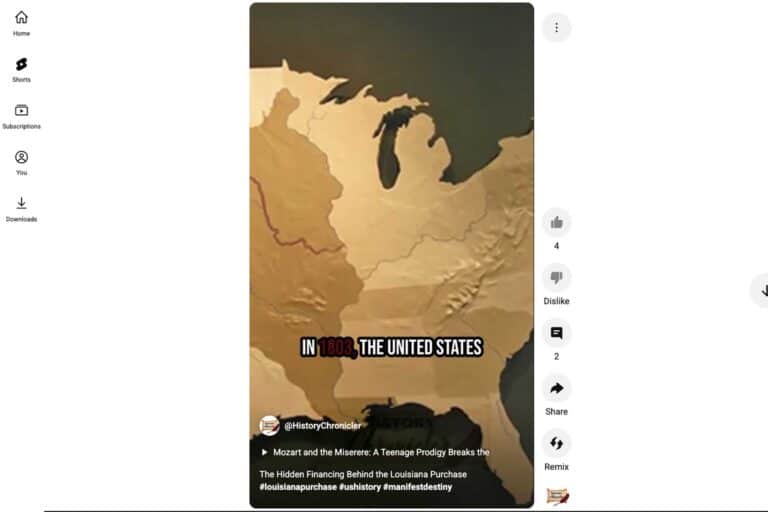[VIDEO] Most Devastating Floods in U.S. History
Most Devastating Floods in U.S. History
Transcript:
1. Johnstown Flood (1889)
![]() Johnstown, Pennsylvania
Johnstown, Pennsylvania
- Casualties: Over 2,200 people killed
- Estimated Damage: $17 million in 1889 ($550 million today)
- After a poorly maintained dam collapsed following heavy rain, a wall of water devastated Johnstown. It remains the deadliest flood in U.S. history.
2. Hurricane Katrina Flooding (2005)
![]() New Orleans, Louisiana & Gulf Coast
New Orleans, Louisiana & Gulf Coast
- Casualties: Around 1,800 deaths (most due to flooding)
- Estimated Damage: Over $125 billion
- Levee failures led to catastrophic flooding in New Orleans, making Katrina the costliest natural disaster in U.S. history.
3. Hurricane Helene (2024)
![]() North Carolina and Southeast U.S.
North Carolina and Southeast U.S.
- Casualties: Estimated 214–232 deaths, with 96 in North Carolina alone
- Estimated Damage: $50–78 billion
- Torrential rains from Hurricane Helene overwhelmed rivers and dams, submerging entire towns. North Carolina bore the brunt, making this one of the deadliest and costliest U.S. floods in recent memory.
4. Great Mississippi Flood (1927)
![]() Mississippi River Valley (esp. Arkansas, Mississippi, Louisiana)
Mississippi River Valley (esp. Arkansas, Mississippi, Louisiana)
- Casualties: ~500 deaths
- Estimated Damage: $400 million in 1927 ($6.5 billion today)
- Over 600,000 people were displaced in this widespread flood, prompting major changes in federal flood control policy.
5. Rapid City Flood (1972)
![]() Rapid City, South Dakota
Rapid City, South Dakota
- Casualties: 238 people killed
- Estimated Damage: $165 million in 1972 ($1.1 billion today)
- A flash flood triggered by a sudden thunderstorm and dam failure destroyed neighborhoods overnight. It remains one of the deadliest flash floods in U.S. history.
Note: Our thoughts are with everyone affected by the recent floods in Texas. The loss of life and destruction in the region is heartbreaking. Out of respect for the victims and because the full scope of damage is still unfolding, we have chosen not to include the 2025 Texas flood in this list at this time. We will continue to follow developments and acknowledge its place in history when more information becomes available.

![[VIDEO] Most Devastating Floods in U.S. History](https://historychronicler.com/wp-content/uploads/2025/07/Screenshot-2025-07-08-at-3.33.38 PM.jpg)



![[VIDEO] How Fur Farms, World War II, and a Bomb Created Germany’s Raccoon Invasion](https://historychronicler.com/wp-content/uploads/2025/07/Screenshot-2025-07-07-at-1.57.45 PM-768x512.jpg)
![[VIDEO] What do Hitler, Stalin, and Mussolini have in common?](https://historychronicler.com/wp-content/uploads/2025/08/Screenshot-2025-08-28-at-7.11.51-PM-768x512.jpg)

![[VIDEO] 4 Outrageous Exploits From Giacomo Casanova's Life](https://historychronicler.com/wp-content/uploads/2025/07/Screenshot-2025-07-15-at-11.03.00 AM-768x512.jpg)
![[VIDEO] Wojtek: The Bear Who Went to War](https://historychronicler.com/wp-content/uploads/2025/03/Screenshot-2025-03-16-at-2.46.44 PM.jpg)